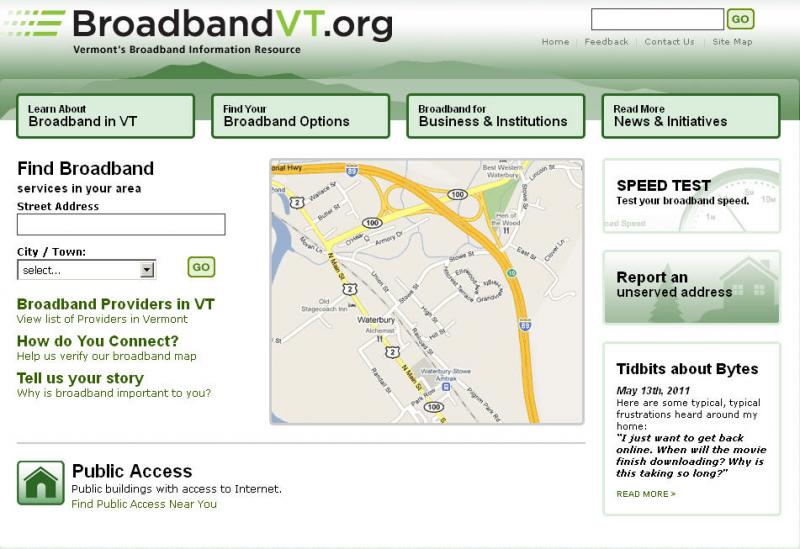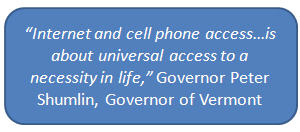Crowdsourcing In Vermont Engages – And Empowers – Citizens
[Co-authored with Charles Green]
 In my last blog I asked the question, “What’s it take to be a smart city?” One of the critical elements lies in smart governance. Smart governance takes leadership, coordination, and collaboration. (Take a look at my recent report, "Smart City Leaders Need Better Governance Tools.") Part of this leadership is finding innovative and cost-effective solutions to intractable problems – and that often lies in engaging constituents for input on the problems and feedback on the solutions. As Charles and I were working on another project, we came across a great example of a US state looking outside the box to solve a real and frustrating problem faced by its citizens.
In my last blog I asked the question, “What’s it take to be a smart city?” One of the critical elements lies in smart governance. Smart governance takes leadership, coordination, and collaboration. (Take a look at my recent report, "Smart City Leaders Need Better Governance Tools.") Part of this leadership is finding innovative and cost-effective solutions to intractable problems – and that often lies in engaging constituents for input on the problems and feedback on the solutions. As Charles and I were working on another project, we came across a great example of a US state looking outside the box to solve a real and frustrating problem faced by its citizens.
 Broadband availability is arguably one of the most important socioeconomic issues faced by policy makers today. Many view broadband as the 4th utility; but not everyone has access. The State of Vermont, however, has made 100% coverage one of its top priorities. But achieving this 100% coverage is easier said than done. Faced with incomplete and unreliable data being provided by the telecom industry, Vermont was struggling to identify areas lacking in broadband coverage. To solve this problem, the state has taken to crowdsourcing. It set up a website BroadbandVT.org, which asks the public to identify areas lacking coverage. The site also provides services such as information about broadband options, coverage maps, and speed testing and seeks to increase engagement with citizens by asking for their stories about getting broadband coverage.
Broadband availability is arguably one of the most important socioeconomic issues faced by policy makers today. Many view broadband as the 4th utility; but not everyone has access. The State of Vermont, however, has made 100% coverage one of its top priorities. But achieving this 100% coverage is easier said than done. Faced with incomplete and unreliable data being provided by the telecom industry, Vermont was struggling to identify areas lacking in broadband coverage. To solve this problem, the state has taken to crowdsourcing. It set up a website BroadbandVT.org, which asks the public to identify areas lacking coverage. The site also provides services such as information about broadband options, coverage maps, and speed testing and seeks to increase engagement with citizens by asking for their stories about getting broadband coverage.
By soliciting input and feedback from citizens, Vermont is using an innovative technique to help improve its efficiency and effectiveness. But perhaps more importantly it provides a means to empower frustrated citizens – by engaging them directly in the process. The state is also making the data it collects visible via its broadband mapping service. Vermont will be able to use this data to more accurately target stimulus funds aimed at improving broadband coverage, while also refining the state's technology policies.
A key part of smart city governance is informing and serving citizens, who now expect a higher level of efficiency and transparency than they did in the past. This website helps deliver on this requirement – and is a step toward a more open government.
As always I’m keen to hear of smart city examples. Please leave a comment or contact us directly. Thanks.